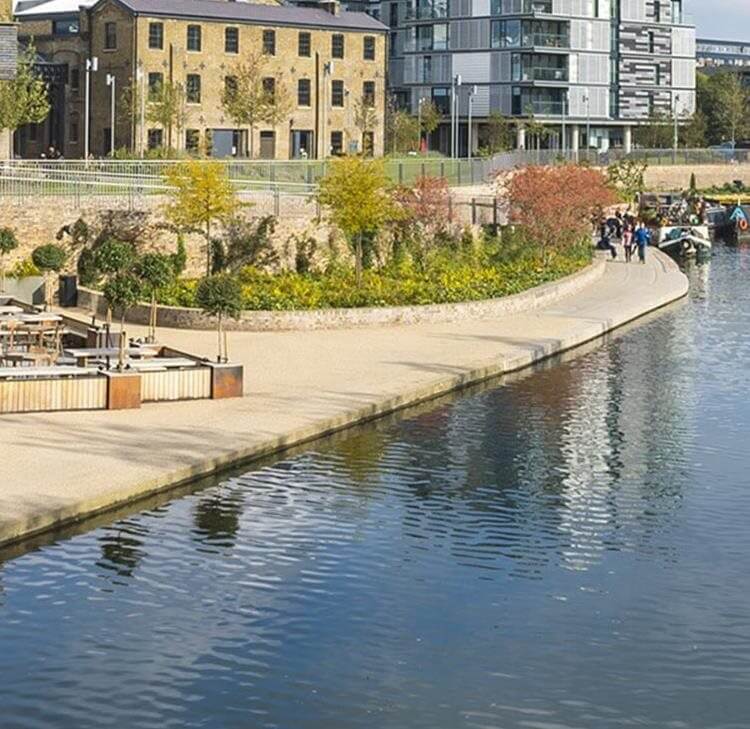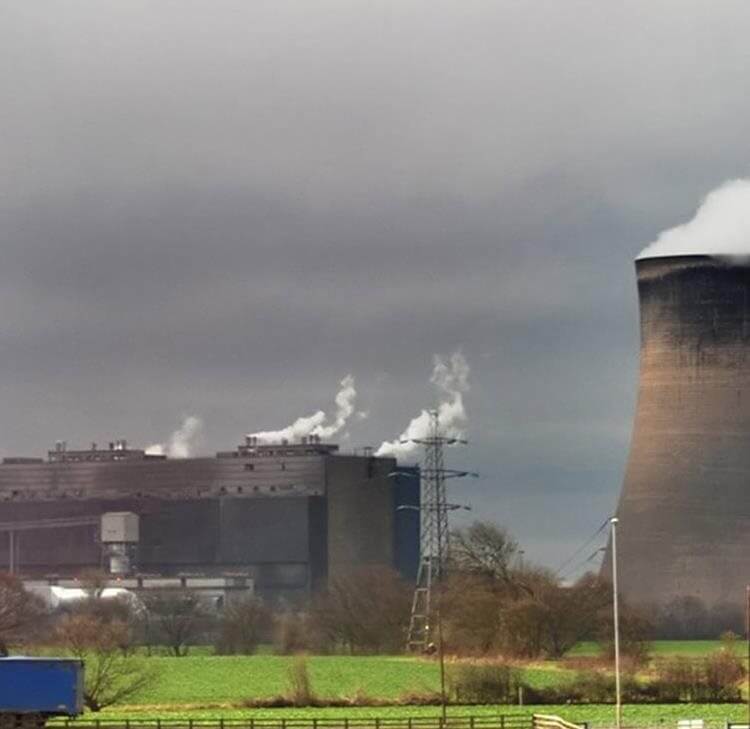Landlords and investors can benefit from considering the NHS England Green Leases Framework in respect of property that may involve NHS owners or occupiers.
The Green Leases Framework was published by NHS England in Summer 2022. The purpose of the Framework is to provide guidance to NHS organisations to improve the energy efficiency of their leasehold estates, whether landlord or tenant. The Framework plays a part in achieving the NHS’ ambitions of reaching carbon net-zero in relation to emissions it controls directly (the NHS Carbon Footprint) by 2040 and emissions it can control and influence by 2045 (NHS Carbon Footprint Plus).
If you have recently dealt with an NHS tenant or occupier then you may have come across these Framework provisions already, or you may in fact already have your own suite of sustainability provisions which you are rolling out across your estate.
How the framework can be used in relation to existing leases
In relation to existing leases, the Framework provides a precedent Memorandum of Understanding which tenants can use to engage with their landlords to discuss the possibilities of making the estate greener as well as a suite of provisions. The suite of provisions contains light green interventions and dark green interventions. The light green interventions are less onerous and do not usually impact the parties financially – these obligations are “best practice” only. The dark green interventions are more substantial which may have a material financial impact – these are generally intended to be legally binding on the parties to the tenancy document.
How the framework can be used for new leases
The Framework provides a suite of provisions and draft set of clauses which are intended to be used for new lease negotiations which take into account both light green and dark green interventions. We regularly liaise with our NHS clients – as well as other clients entering into leases with the NHS - to ascertain the most suitable clauses for each particular transaction. NHS Property Services Ltd has also updated its draft documents including leases and memorandum of terms of occupation to include these provisions.
Benefits to Non-NHS landlords and investors
Even non-NHS landlords and investors could benefit from considering the use of the NHS England Green Leases Framework in order to improve its green credentials and the energy efficiency and sustainability of its estate. Suppliers into the NHS will come under increasing pressure from NHS England as it starts to try to achieve carbon net-zero of the NHS Carbon Footprint Plus. Therefore, private providers should consider how they can introduce similar provisions into the leases under which they occupy, as a supplier to NHS. There is also an interim milestone of an 80% reduction by 2036-2039, so this falls within the term of some longer leases that are being negotiated now.
It is important to assess what level of sustainability provisions should be inserted into a lease arrangement at an early stage (ideally at heads of terms stage) and to ensure that these align with your estate plan and/or sustainability goals.
For example, the light green provisions include obligations on a tenant to co-operate with the landlord in improving the environmental performance of the building and to share energy consumption data; or may prohibit a tenant from installing plant/equipment which will reduce the environmental performance of the building. The dark green provisions can go further, for example ensuring that a tenant only uses repairing materials from sustainable resources or obliging a tenant to comply with a landlord’s sustainability policies. Having the ability to install separate metering facilities may also help establish how energy use is distributed across lettable units and assess how to potentially reduce consumption and utility costs.
Minimum Energy Efficiency Standards (MEES)
The most recent phase of MEES the came into force on 1 April 2023 which places more onus on landlords to ensure that their leased properties are at the required standard in terms of energy efficiency. Read our article regarding the changes that came into force on that date.
Tips
Here are some tips on what we see works well in implementing green leases:-
1. Energy Performance Certificates (EPC) – Obtaining this early and making it available at the time of marketing a property is useful to understand whether the premises meets the required minimum rating. This will also help to assess what works may be needed in the future to keep the premises at or above the minimum required rating throughout the term. Recommendations made by the assessor can also assist in budgeting for those works.
2. Heads of terms –The Royal Institution of Chartered Surveyors (RICS) Code for Leasing Business Premises in its lease negotiation and best practice section states:
“Parties are encouraged to include in leases provisions relating to sustainability and the environment that urge cooperation throughout the lease term between the landlord and the tenant to ensure that the property is used as sustainably as possible.”
Agreeing the key principle of green lease provisions within heads of terms can assist in getting these agreed more quickly and efficiently when the lease is in negotiation between legal parties. Heads of terms suggesting “standard” or “market norm” green lease provisions can result in confusion and substantial negotiation during the lease drafting stage, as each party tries to push their own agenda as much as possible. This can result in either party feeling forced into accepting a compromise position due to trying to get the deal done as a result of time constraints, or the effectiveness of the provisions may be watered down to reduce their benefit.
3. Strategy – It can be useful to have a green lease strategy in place to tailor your ideal green lease provisions to your own requirements. If you have a number of NHS tenants then the NHS Green Leases Framework clauses, adapted to your requirements, could be a good place to start as NHS tenants will likely be requesting these. It is also helpful to look at what other organisations are doing in the market so you can pick up tips and adapt your strategy accordingly.
Further reading
A link to the Framework which also includes links to the memorandum of understanding and the suite of provisions and clauses.
If you would like to discuss the Framework in more detail and see what we can do to help you achieve your sustainability goals and ambitions, do not hesitate to get in touch.
Key contact

Julie Innes
Senior Associate (FCILEx)
julie.innes@brownejacobson.com
+44 (0)115 976 6086









































